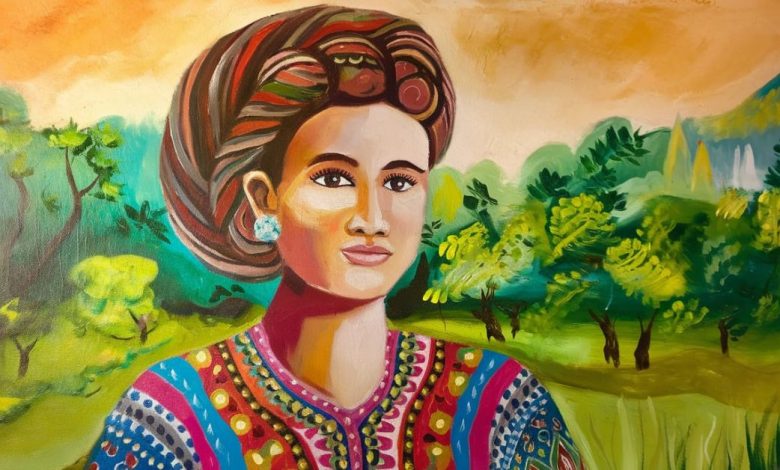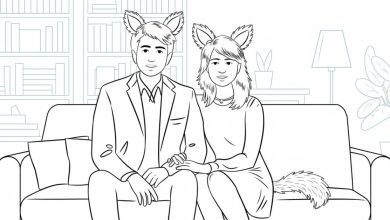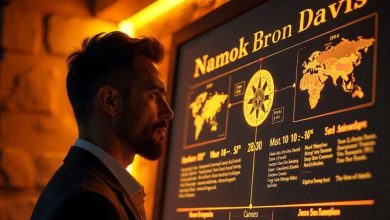Mona Bandy Kangala Diana: A Timeless Symbol of Heritage

Introduction
The term Mona Bandy Kangala Diana has been capturing interest and curiosity, resonating with cultural and symbolic meanings that span generations. While its origins are steeped in mystique, the phrase continues to evoke deep fascination. What makes it so special? From folklore to modern-day interpretations, this phrase represents more than just words; it’s a cultural narrative that speaks to the heart of tradition and identity. Curious about the hidden stories behind Mona Bandy Kangala Diana? Uncovering its origins and meanings might just reveal the cultural roots that connect us all. Join the journey to explore its unique significance!
Mona Bandy Kangala Diana is more than a set of words—it’s an intricate combination of cultural expressions. In certain regions, it may represent spiritual beliefs, while others see it as a historical phrase that has evolved with time. The phrase invites interpretations from mystical, linguistic, and even artistic perspectives. Whether rooted in tradition or adapted by modern audiences, it continues to inspire countless explorations and understandings.
Understanding the Origins of Mona Bandy Kangala Diana
The roots of the legend behind the name Mona Bandy Kangala Diana can be as puzzling as enigmatic. Some people suppose that the given phrase connects to ancient legends, where it indicates spiritual search or travel. Some theories could attribute this to relational concepts which through the ages have developed from regional dialect or sayings. The deeper we go, this phrase has so much history and cultural value as few phrases could offer.
Symbolic Interpretations Across Different Cultures
Across various regions, Mona Bandy Kangala Diana has been associated with unique symbols and meanings. In some traditions, the phrase may symbolize protection or guidance, a call to honor one’s roots and ancestors. Others interpret it as a metaphor for resilience or the strength found in unity. The versatility of these words allows each culture to adapt and understand it in their own ways, adding to the richness and depth of the phrase.
The Phrase as a Modern-Day Cultural Phenomenon
Today, Mona Bandy Kangala Diana has found new life in digital spaces, resonating with people seeking connection to heritage or personal meaning. Social media and online communities have allowed individuals to share and reinterpret the phrase in ways that align with modern lifestyles and values. As more people use and share the term, it gains new dimensions, connecting the past with the present in a powerful cultural phenomenon.
<b>Influence of Mona Bandy Kangala Diana in Art and Media
Art and media have played a significant role in popularizing Mona Bandy Kangala Diana. Many artists incorporate it into their works to express deep-rooted identity and cultural pride. In music, literature, and visual art, the phrase symbolizes both personal and collective memories, allowing artists to communicate with audiences on a profound level. This presence in the arts continues to expand its meaning and keeps its essence alive.
The Enduring Mystique and Legacy of Mona Bandy Kangala Diana
Despite all that has been shared, Mona Bandy Kangala Diana remains a term wrapped in mystery and intrigue. Its legacy, however, endures in the stories, symbols, and interpretations it inspires. Each generation finds a new reason to connect with these words, ensuring its place in cultural memory. The mystique surrounding it only adds to its allure, making it a phrase that invites us all to explore and appreciate its profound depth.
FAQ’s
What does Mona Bandy Kangala Diana mean?
Its meaning varies but is often tied to cultural or symbolic themes across traditions.
Is Mona Bandy Kangala Diana used in modern contexts?
Yes, it has seen a revival on social media, where people explore and share its significance.
Where did this phrase originate?
It likely has roots in ancient folklore, though interpretations differ by region.
Why is this phrase popular in the arts?
Artists use it to express cultural identity, legacy, and personal connection.
How does the phrase connect past and present?
Through modern interpretations, it bridges traditional beliefs with contemporary meaning.
Conclusion
The phrase Mona Bandy Kangala Diana is still remembered to the extent possible, including culture and meaning and a variety of perceived contemporaneous interpretations. But originating in folklore, it has found its place in today’s media and arts and is here to create a link between generations. They may represent people’s personal identity and social memory because of their deeper meanings and timeless appeal. Each of us is challenged to take a closer look at the picture.




